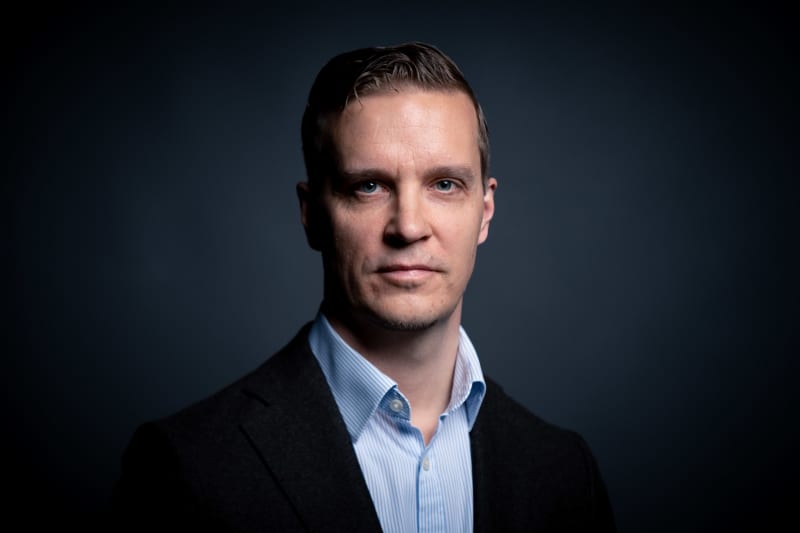
The cliché about the “narrow male image” in our contemporary culture is true, but in a different way than is usually thought, writes Konstig
Tony Halme, there’s a character from the past. The *Viking* documentary on Yle Arena brought this iconic figure back into the nation’s language. At the turn of the millennium, Halme was a frontline celebrity and an early influencer. Especially for young men.
Halme offered us a kind of model of a man: a model of a tough guy. He was an archetypal figure, Hercules the Strongman, Achilles the Warrior and Lemminkäinen the Scoundrel in one package. As far as male models go, the tough guy is the most primitive and attractive. But by no means the only one.
This cliché about the “narrow male image”… On reflection, it looks to me like a bubble of saliva: it escapes the lips easily, but is full of nothing.
Whenever I hear the cliché, I think of two novels that describe Finnish men in times when, presumably, an even narrower image of men prevailed than in the enlightened modern age. The books are *Seven Brothers* and *Unknown Soldier*.
Remember the Jukola brothers for a moment. Are men carved from the same narrow wood? Hair-tearing force-Jussi and slippery little Eero? Eloquent Aapo and introverted Lauri?
What about Lammio and Koskela, the officers of Linna’s machine gun company? The wheezing Old Man and the death-smelling Lehto? Or, for example, Hietanen and the mad scientist Honkajoki?
There are many of Kivi and Linna’s men. It’s hard to think that the \”narrow mold\” would have horribly shortened them.
Is the soft progressive male persona who is gender neutral rather than male. The fact that there is still a man in him is scary. He apologizes for his birth gender with a funny smile: \”I’m just a boy, don’t get angry!\” This man’s wife teaches him how to clean a toilet bowl in commercials.
Another prominent model of a man is his counterreaction and antithesis – the scumbag, the eternal hard-ass guy whose stories revolve around kosander and tisander. This man shows us his tattooed biceps and sells *true crime*.
Both can also fit in the same man: at home and at work, we appear as a cool boy, but after a few fights, we start talking about the things that were rough as teenagers.
Few of us would rather be weak and supported by others than strong and supported by others. Strong people are useful and respected because others also gain strength from them. If a strong person collapses, it takes away everyone’s sense of security. So strength is not always a selfish show – it can also be a noble show for the benefit of others. That’s an admirable goal.
But strength needs to be counterbalanced by grace. Otherwise, a strong person is in danger of becoming a tyrant not only to his environment, but also to himself. Power is like the horse power of a car: with them you can get to the finish line or the ditch. A young man must learn to direct strength and danger to a reasonable goal. And to understand that the brake pedal is sometimes a very useful guy.
*Joonas Konstig*
*The author is a writer and educator from Espoo, who has been looking for a \”third way\” from the ideal of a classic gentleman as a model for a modern man as well.*
The column can be discussed on 28.1. until 23:00.
